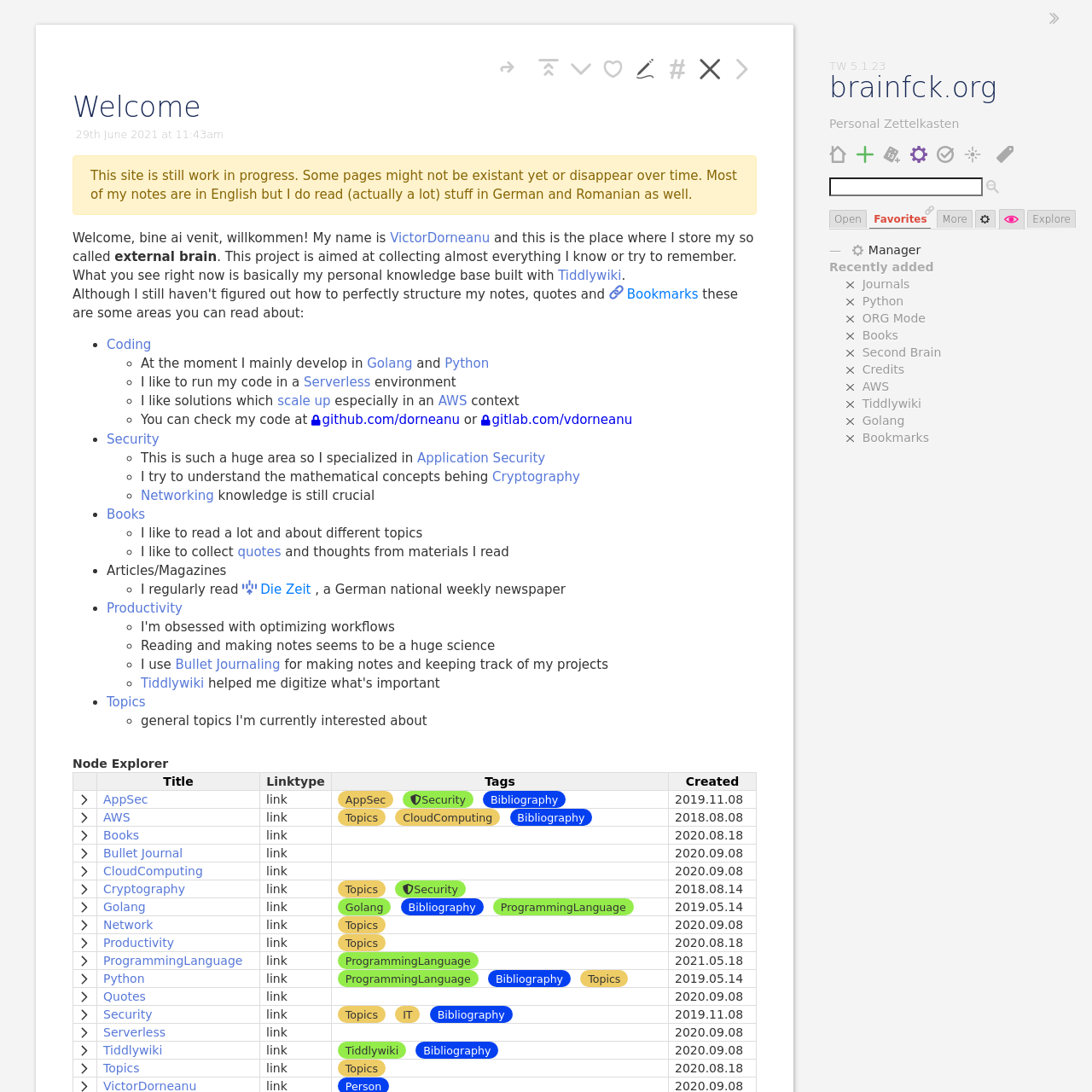Change your thought and the world around you changes.
Services
Application Security
Application security (short AppSec) includes all tasks that introduce a secure software development life cycle to development teams. Its final goal is to improve security practices and, through that, to find, fix and preferably prevent security issues within applications. It encompasses the whole application life cycle from requirements analysis, design, implementation, verification as well as maintenance <!– more –> Lorem ipsum dolor sit amet, consectetur adipiscing elit, sed do eiusmod tempor incididunt ut labore et dolore magna aliqua.
Secure Software Engineering
Following the principle of security and privacy by design, the Secure Software Engineering Group thrives to support software developers in designing and implementing software systems that are known upfront to be secure with respect to certain attack vectors. Opposed to offensive approaches to software security, like ethical hacking, our group specializes on constructive techniques for software security. Our recipe to success is a unique novel combination of program synthesis and analysis techniques
PKMS
Personal knowledge management (PKM) is a systematic process of collecting information that a person uses to gather, classify, store, search, retrieve, and share knowledge in their daily activities. It’s a response to the idea that knowledge workers need to be responsible for their own growth and learning in an era of information overload. My PKMS Journey My journey with knowledge management began over a decade ago when I was overwhelmed with information from multiple sources - books, articles, work documentation, and personal research.
Golang for DevSecOps
Securing modern web applications while ensuring seamless deployment and continous integration is critical. I’ve been leveraging Golang’s capabilities for a while now to build secure and scalable solutions. Go is known for its simplicity, efficiency and but also for strong support for cross-platform compatibility. By combining DevOps best practices and cybersecurity you’ll get DevSecOps, which offers a unique approach to securing applications throughout the entire development lifecycle: From deployment strategies to monitoring and maintenance.
